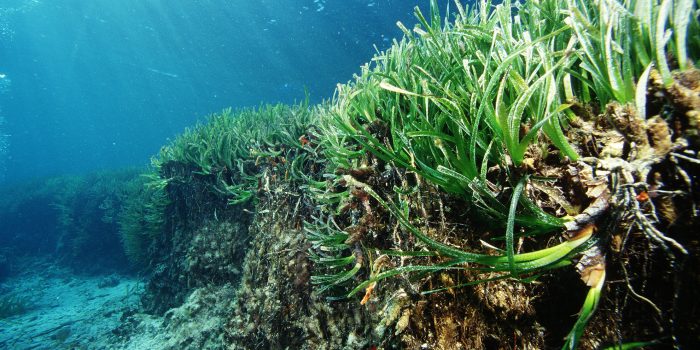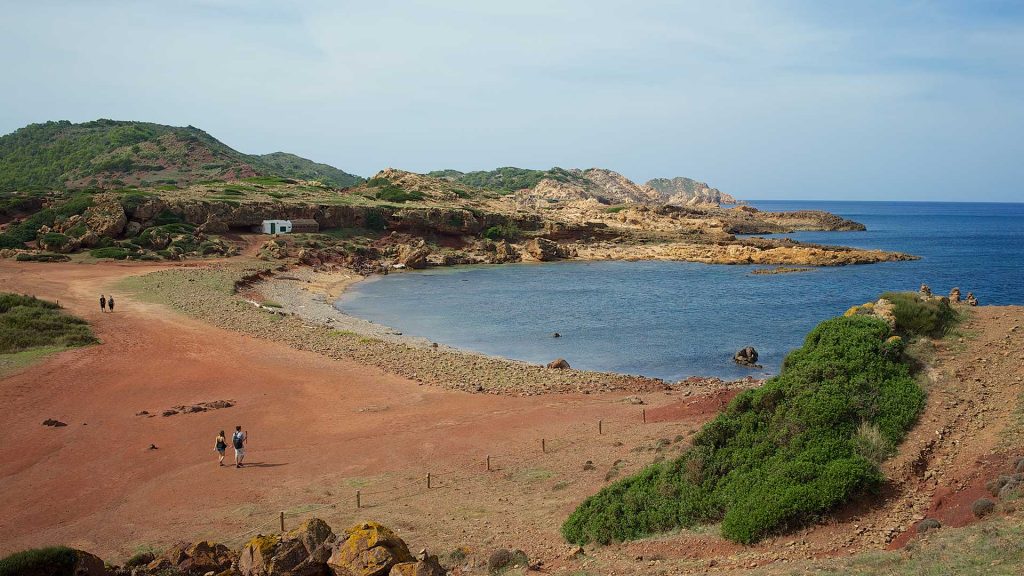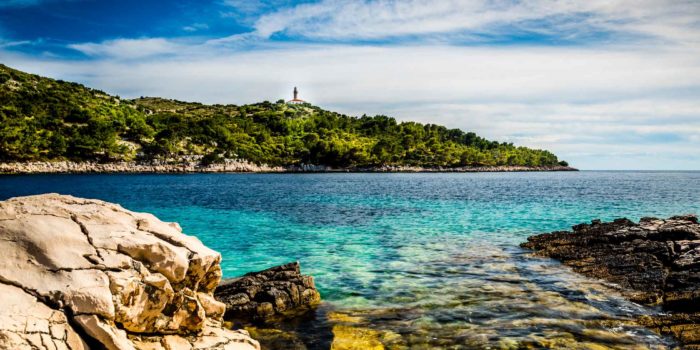
Geotourism – a different way of approaching the natural heritage of the Balearic Islands
The new trends that are transforming the tourism industry, resulting in new profiles of travellers according to their interests, have led the Government of the Balearic Islands to diversify the tourist offer of the destination based on a sustainability model.
An example of this is geotourism, a relatively new term that we could summarize under the concept of geographically sustainable tourism. In this way, the geology and geomorphology of a territory become the main tourist attractions with a high educational component, while stimulating the local economy of the destination.

The soil we are today is the result of a long evolutionary process. The rock formations, sediment accumulations, caves, fossils or mineral deposits that have been shaping over the years form landscapes that allow the destinations that house them to become geological storytellers of history.
In this context, the Government of the Balearic Islands approved in 2016 a project whose main objective lies in the creation of a new tourism product linked to geology.
It is a common initiative to the islands of Mallorca, Menorca, Ibiza and Formentera that highlights the importance of preserving the natural heritage beyond flora and fauna.

In other words, it values the Balearic geological heritage, whose preservation could largely determine the future of the species that inhabit the Balearic Islands.
The project, which has a total budget of €415,000 from the Sustainable Tourism Tax (ITS), will release the inventory of geological sites of the islands both online and through their signalling, the design of geotouristic routes by land and sea, the edition of various informative materials and the establishment of viewpoints that allow residents and tourists to contemplate the most characteristic geological formations.
In addition, the possibility of training tour guides in this niche market is being studied in order to plan regular excursions to these points of interest.
An example of the geological richness of the Balearic Islands is the cave of Pas de Vallgornera, located south of Mallorca. Discovered by chance in 1968, it soon became known as “the cave of science” since, with 70 kilometres explored today, this karst cavity contains numerous records about the climate, the landscape and even the fauna of the past.
Source: Smarttravel.news



